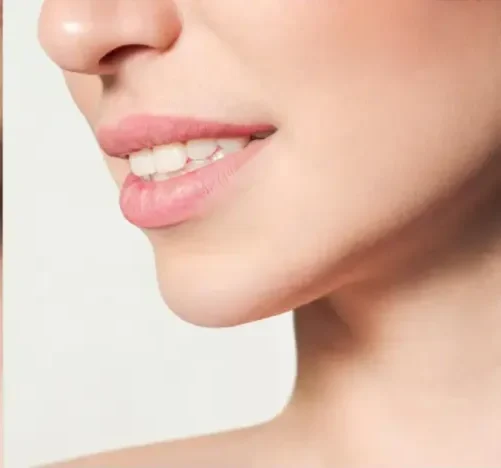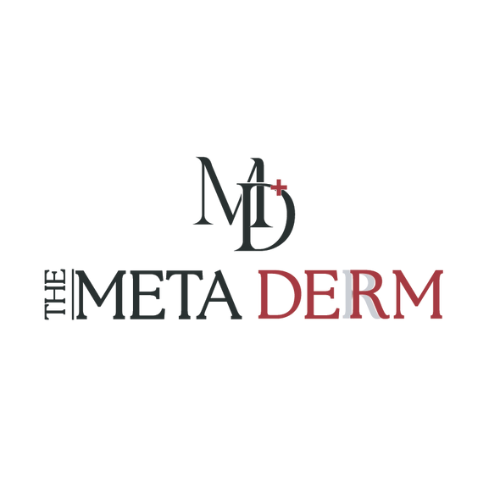Vitiligo Treatment
SPOTS OF HOPE BEYOND THE WHITE PATCHES.
With expert care from a professional dermatologist, up to 90% of vitiligo cases can experience successful repigmentation.
A tailored approach combining various effective medical vitiligo treatments like biologics, immunomodulators, topical creams, prescribed dietary supplements, phototherapy, and surgery, vitiligo can be treated effectively and safely.
- Biologic therapies have emerged as a cornerstone in promoting repigmentation in vitiligo.
- Topical treatments and medically supervised phototherapy play a crucial role in activating pigment-producing cells to restore skin color.
- The introduction of the excimer laser has significantly advanced vitiligo management.
- A diet rich in antioxidants and low in inflammatory foods may support the repigmentation process.
- Some individuals begin to see early signs of pigmentation within two weeks, although complete results typically take several months.
- Consistent sun protection and the use of soothing emollients are essential to protect and calm sensitive skin.

Our results speak for themselves






Types of Active Vitiligo Treatments
- Best for: Active Vitiligo
- Works in: 3 Months
- Comments: Targeted Therapy to Arrest the Spread of White Patches
- Best for: Maintenance of Treatment
- Works in:
- Comments: Specific Diet Restrictions can Help in Controlling Vitiligo.
- Best for: Active Vitiligo
- Works in: 3 Months
- Comments: Super Fast Repigmentation. 1–4 Sessions Per Week
- Best for: Vitiligo
- Works in: 5 Months
- Comments: At-home Treatment. 1–4 Sessions Per Week.
- Best for: Stable Resistant Vitiligo
- Recovery Time: 5 to 7 Days
- Comments: Autologous Pigment Transfer
- Best for: Stimulating Pigment Cells
- Works in: 3 Months
- Comments: Anti-Inflammatory Medications
- Best for: Maintenance of Results
- Recovery Time: 0 Day
- Comments: Counselling Regarding the Nature of the Condition and Care
The Power of BIOLOGICS & EXCIMER
Combining biologics (targeted therapy) with Excimer laser for vitiligo can give fast results. Patients see results as early as 2 weeks. Biologics are a safe and effective way to stop the autoimmune cells, and Excimer is a necessary step to re-colour vitiligo skin.
Diet and Vitiligo
There is evidence of dietary associations with vitiligo. Patients should follow a diet rich in antioxidants and low in pro-inflammatory food.
Sources of antioxidants include dates, figs, and green leafy vegetables.
On the other hand, pro-inflammatory foods may include citrus fruits, tomatoes, and highly processed packaged products.
Dermatologists can assist you to repigment your skin
Our dermatologists use the Vitiligo Area Scoring Index (VASI) to measure the extent of vitiligo and track changes over time, helping you find the best, safe, and most cost-effective solutions to help you repigment your skin and maintain it.
At Metaderm, we provide a comprehensive vitiligo assessment and tailored treatment protocol based on genetic testing and blood investigations. We can re-pigment over 90% of cases with fast results by understanding the root cause to ensure a permanent, lasting solution.
Frequently Asked Questions
Vitiligo is an autoimmune condition in which the body’s immune system mistakenly attacks and destroys melanocytes—the cells responsible for producing skin pigment. While its exact cause isn't fully understood, it is believed to have a genetic component and may be triggered or worsened by factors such as stress, infections, skin trauma, and in some cases, pro-inflammatory foods.
Vitiligo’s effect on the skin can be compared to how diabetes impacts the pancreas or how thyroid antibodies affect the thyroid in autoimmune thyroid disease. Similarly, pernicious anemia is an autoimmune attack on cells in the stomach. Given these associations, it is advisable to have yearly medical check-ups to monitor hormone levels and key blood markers.
Treating vitiligo requires motivation and compliance. Our dermatologists will find the best, safest, and most cost-effective melanin restoration treatments to help you repigment your skin. Consider:
- Compliance:
Topical creams are safe, affordable, and effective. Consistent application plays a key role in treatment success—so make it part of your routine. - Phototherapy:
The primary investment here is your time. Each session takes just 2–3 minutes, but you’ll need to attend between 1 to 4 sessions weekly for optimal results. - Probability of Repigmentation:
The chances of regaining pigment are highest on the face, while areas like the hands and feet (acral sites) typically respond less well. - Time Frame:
With the combination of topical treatments and narrowband UVB therapy, early improvement is often seen within weeks. However, full results may take 6 months or more. - Surgical Options:
Surgical treatment is considered only if standard medical therapies have not been effective.
Treatment strategies vary depending on the type of vitiligo—such as segmental vitiligo, active depigmentation, or poliosis—as well as the child’s age.
- Topical creams are generally safe and have shown effectiveness in over 80% of cases involving facial vitiligo in children.
- Narrowband UVB phototherapy is considered safe for children aged 6 and older.
- Surgical treatment is typically not recommended for children under the age of 15.
- The most appropriate treatment plan for your child will be thoroughly discussed during your consultation with a dermatologist.
Assessing your individual prognosis is essential. During your consultation, we’ll evaluate your condition based on clinical history and physical examination. Some forms of vitiligo are more resistant to standard treatments:
- Segmental Vitiligo: This type often shows limited improvement with medical therapy but may respond favorably to surgical interventions.
- Poliosis (white hair in affected areas): These areas are more challenging to treat, though follicular unit extraction (FUE) can sometimes be effective.
- Acral Vitiligo: Depigmentation on the hands and feet has a relatively low response rate, with only about 10–15% achieving repigmentation.
- Areas Without Pigmented Hair Follicles: Since pigment cells are stored in hair follicles, areas lacking these reserves tend to respond poorly to treatment.
Up to 85%, but it is dependent on the site and duration of vitiligo. As a guide:
- Facial areas: 80–90%
- Truncal and upper limbs: 70%
- Acral (hands and feet): 15%
- Lower if the lip is involved
The presence of pigmented hair follicles is a key sign of treatment potential in vitiligo. A higher amount of pigment in these follicles generally indicates a better chance of achieving repigmentation.
Be very mindful of your diet. Avoid tight elastic clothing. Avoid trauma as much as possible. Stress is definitely an important triggering factor—avoid it. Strictly refrain from smoking and alcohol consumption. Taking vitiligo treatment supplements, which protect against oxidative damage, is helpful.
Topical creams are one of the primary treatment options for vitiligo and are frequently used alongside phototherapy. Their main role is to calm skin inflammation and encourage pigment cells to migrate and repopulate the affected areas.. The ingredients in vitiligo treatment creams include:
- Anti-inflammatory corticosteroid creams
- Prostaglandin analogues
- Calcineurin inhibitors
- Vitamin D
- Topical first-base band cream
- Decapeptides
- Hexapeptides
- Psoralens
Vitiligo is a condition that causes loss of skin pigment, resulting in white patches on the skin.It is a chronic autoimmune condition, genetically determined and triggered by lifestyle factors. Vitiligo cure is not possible. Various medical treatments for vitiligo achieve effective control of the progression of the condition and repigment the skin.

